A Classic Denali Packraft Route
Over a decade ago, I lived in Fairbanks for a couple summers working seasonal tourist gigs. When I could sneak away for a day or two, Denali was my escape. Back then, I owned an old school square butt Alpacka, but I lacked the skills or the confidence to do anything other than easy Class I or II roadside paddles. But everytime I went to Denali, I looked up the Sanctuary, and schemed of a time I’d be able to finally run it.
Fast forward a decade, and I was in Alaska primarily for a 14 day packrafting trip in the Arctic National Wildlife Refuge. I flew in a week early, hoping to see some of my old haunts, visit a few friends, and maybe float the Sanctuary.
I put out a post on the Alaska Packrafting group to see if anyone wanted to join me in Denali. Craig Paulus was psyched to join, and we hatched a plan.
2018 was a big snow year in the park, and by mid-June much of the high elevation was still locked down, including the Teklanika route over Calico Creek into the headwaters of the Sanctuary near Refuge Valley. There is another option from the Savage River that doesn’t get into quite as complex territory, and tends to hold less snow. It’s maybe slightly less scenic and a little less floating, but otherwise a very manageable overnight trip.
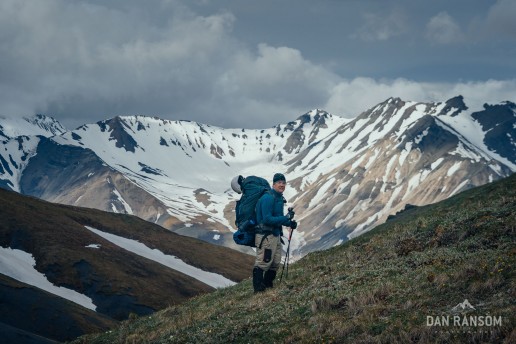
Up the Savage
Logistics for a Savage/Sanctuary loop are pretty straightforward. Show up at the backcountry desk, chat with a ranger to validate your itinerary, and then jump on a park bus where the park road overlooks the Savage. The next day, hike over the pass, blow up your boats and float the Sanctuary back to the park road, catch the bus and you are done. Doesn’t get much easier than that. Especially in Alaska, where logistics can be overwhelming.
But that’s not to say it’s all smooth sailing. The trickiest part of the route is probably bushwhacking from the road to the base of the mountains. We had heard it was easier to cross the river, and head up the west side. We quickly found some braided channels, but we never could find a real significant game trail until a few miles later.
Once we got near the actual base of the peaks, the Savage turns into a ungulate freeway – the game trails were so well defined at times it looked like two tracks from ATVs. We saw countless moose, and even more sheds – some as big as saucer sleds.
The more elevation you gain, the easier the walking gets. And eventually you are above most of the serious vegetation, and the dominating feature is the pulverized gravel bed from eons of glacial activity.
We learned this doesn’t make for the greatest areas to make camp, we couldn’t get stakes to hold and there weren’t enough rocks big enough to actually tie off too. Using a few throw ropes, we were able to improvise with some dwarf willows and eventually get a tent up, while the winds continued to howl and intermittent rain would pelt us all night.
Up and Over
By camping up high, most of the hard work was done. We left ourselves about a thousand vertical feet to gain the saddle, where you are rewarded with incredible views of what seem like massive mountains. In reality, you are only at 5,000 feet of elevation. Just 40 miles west Denali tops out at over 20,000 feet. Kinda puts the place in perspective in a hurry.
As we crossed the saddle, we got our first glimpse of what I thought was certainly a Grizzly. I gave a quick shout “HEY BEAR!” and swung around frantically to find Craig. He just laughed his ass off as we realized it was the backside of a single caribou. While I caught my breath, we watched one caribou become two, then three, then a few dozen as a small herd worked their way up the valley.
This mistaking big animals for grizzlies would be a theme that repeated a few more times the rest of the day.
The rest of the approach is pretty straightforward made enjoyable by pretty easy travel and awesome views of Fang and Double Mountain.
Down the Sanctuary
The approach from the Savage leaves you about 13 or 14 miles of floating to get back to the park road. We figured this would take most of an afternoon, until we got to the actual river and saw it was raging. We estimated it was flowing 7 or 8 miles an hour, which isn’t too surprising this early in a big snow year.
Up high there isn’t much to worry about in terms of wood or strainers, but I wondered if the supposedly mellow float might get a bit more rowdy with higher water.
Turns out, the biggest obstacle would be the wildlife. Floating is an amazing way to see these more remote spots in the park, and it’s easy to get distracted scanning the hillsides for bears. As we rounded a blind bend a few miles after putting on, the willows start to get more dense, and a huge animal came crashing through the bushes right into the river maybe 100 yards in front of us.
I lost my shit again, started shouting there was a bear, and frantically looked for an eddy. A few seconds later I realized that no, that wasn’t a bear. It’s a moose. But why the hell is it running so fast?
10 seconds later, we are holding tight to a very thin eddy, when a grizzly comes charging through the willows, smashes into the river in hot pursuit of this full size moose. This time, there is no mistaking it. That is a fucking grizzly and he is in full on predator mode.
We looked at each other for a minute, and wondered if we should keep paddling, as the chase was roughly paralleling the flow of the river. Or should we hang tight, and see if they distance themselves from banks, and we can float by undetected? We settled on waiting a few minutes, and got our bear spray handy just in case.
Fortunately, both the grizzly and the moose didn’t show up again, and we floated the rest of the river without much more excitement.
Fine by me, that was plenty for one day.
The Sanctuary isn’t exactly known for real challenging whitewater, it’s generally swift Class II with wood dangers, especially the lower few miles near the park road. We were fortunate to find most of it completely clean, and where there was wood it was easily avoidable. At low flows, I imagine there might be challenges with braided channels as well.
However, the Sanctuary is still remote and the water is just a shade above freezing. I consider a drysuit mandatory. We had threatening skies for most of two days, I was glad to also have a fully decked boat.
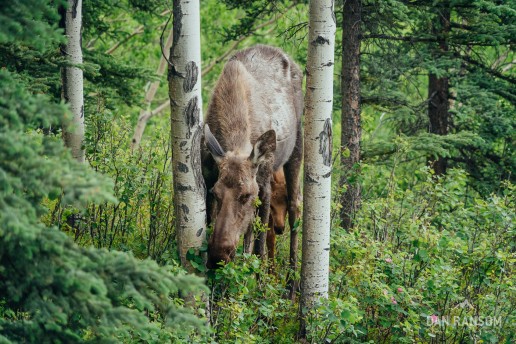
Big thanks to Craig for rallying so I could finally experience the magic of packrafting in Denali. It was the perfect happy-hour trip before heading north to the Refuge for the main course.
Back solo, I spent a day on the bus in the park, dayhiking, and revisiting some of my favorite spots from ten years before. I remembered very quickly why I love this park so much. I still can’t get over just how damn big it all is.
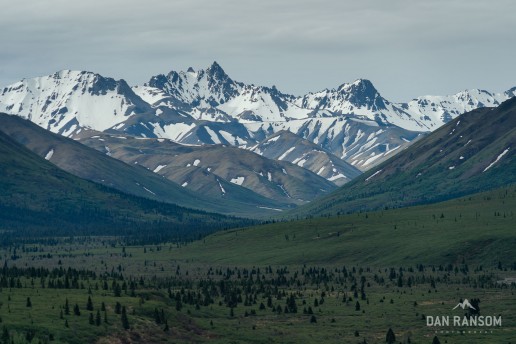
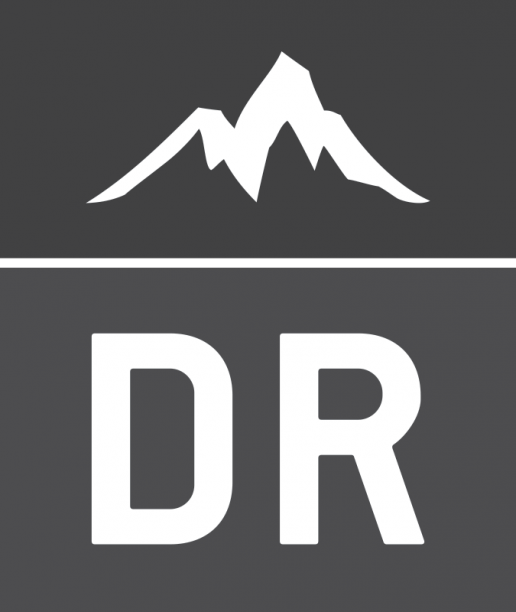


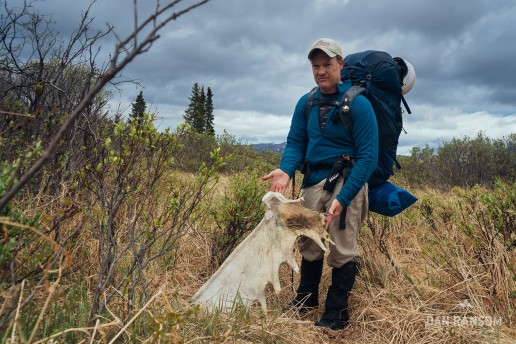
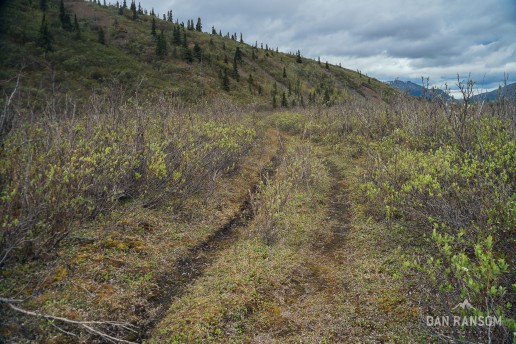


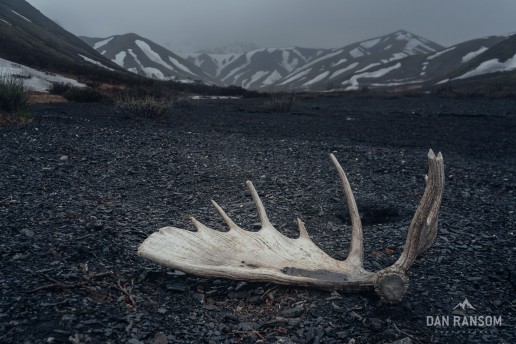
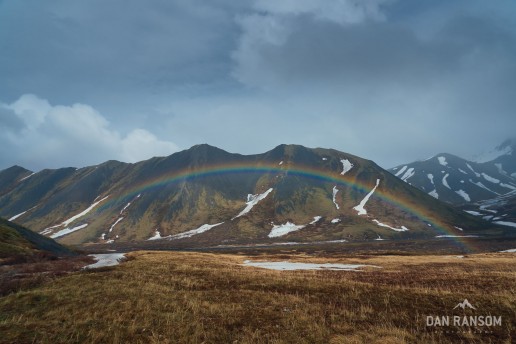
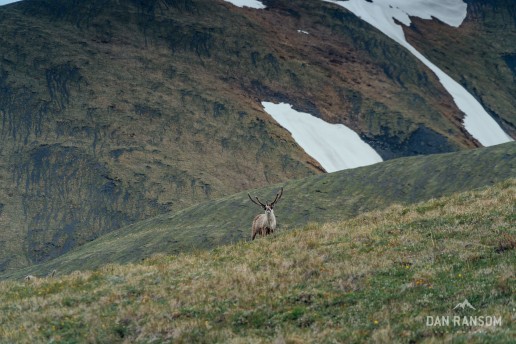
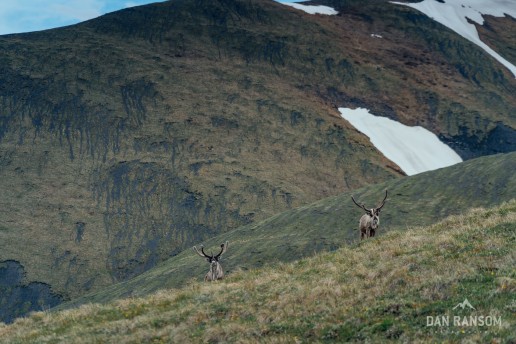
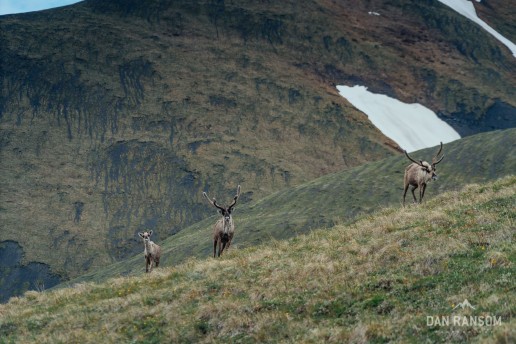


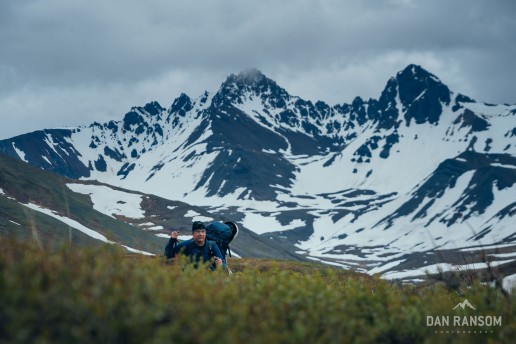
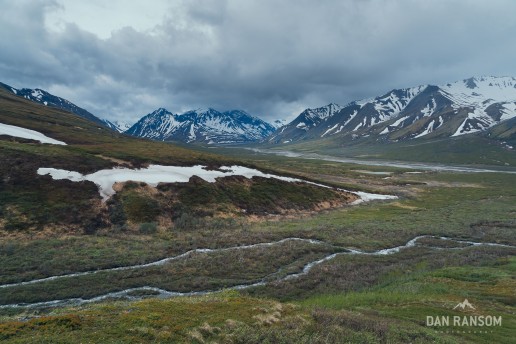
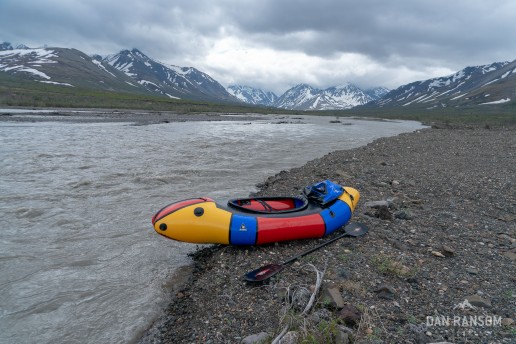
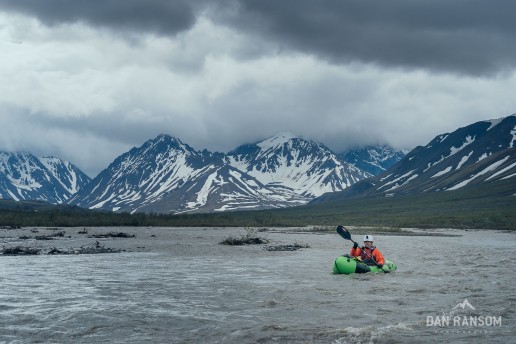
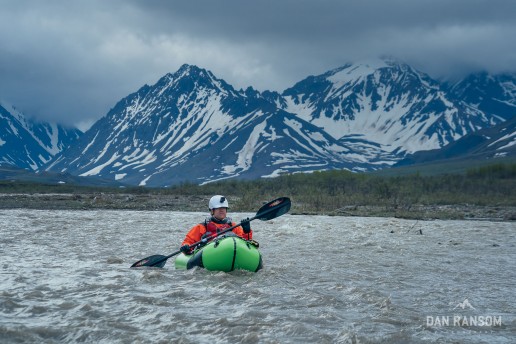
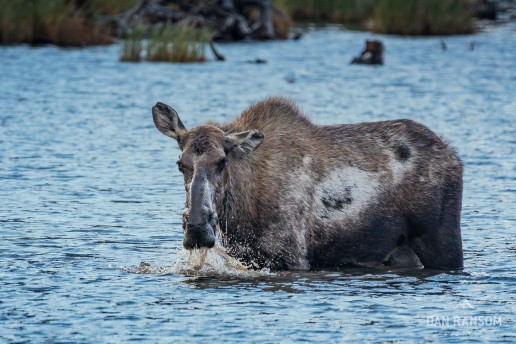
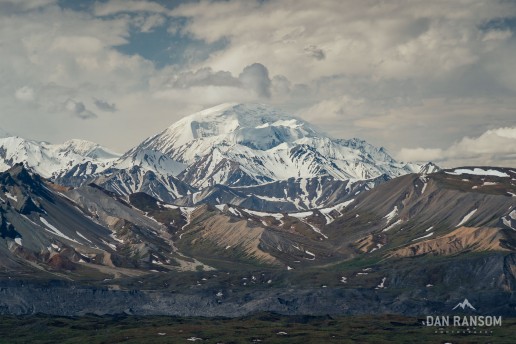
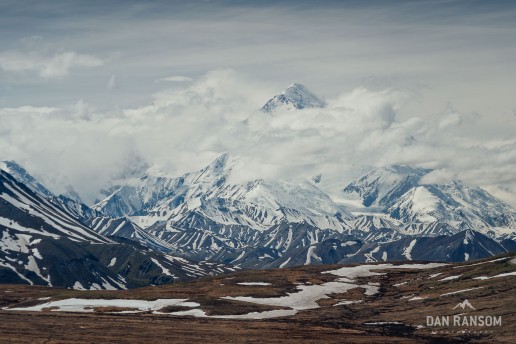
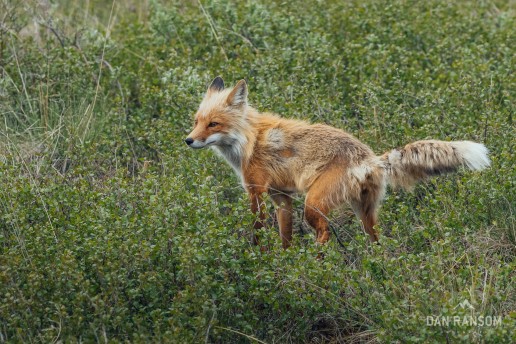

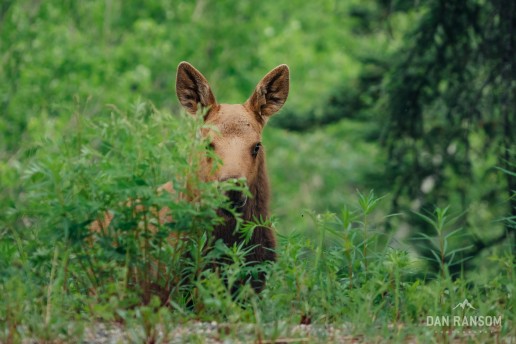
Just did this loop after reading your report. I had a very similar experience. Good trip.